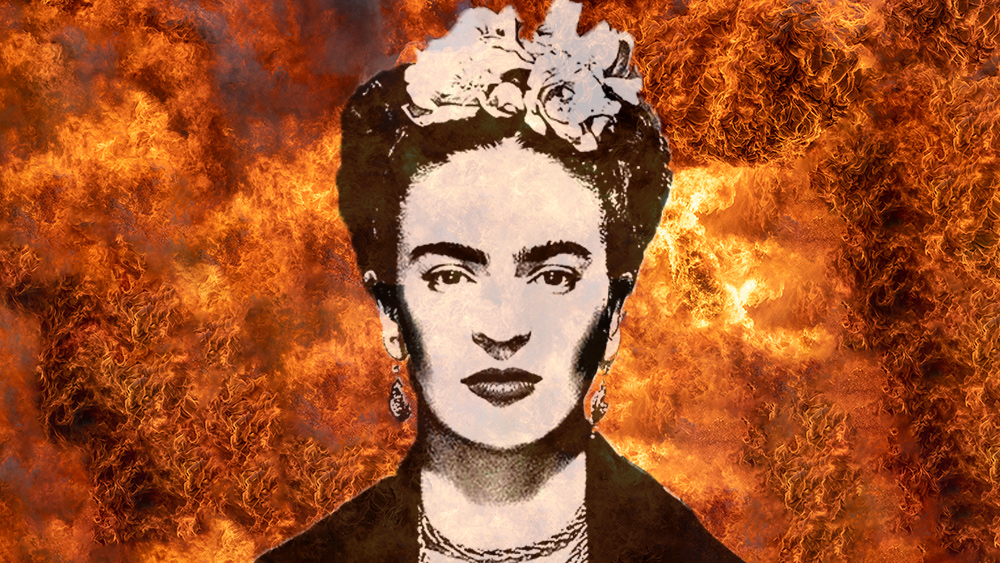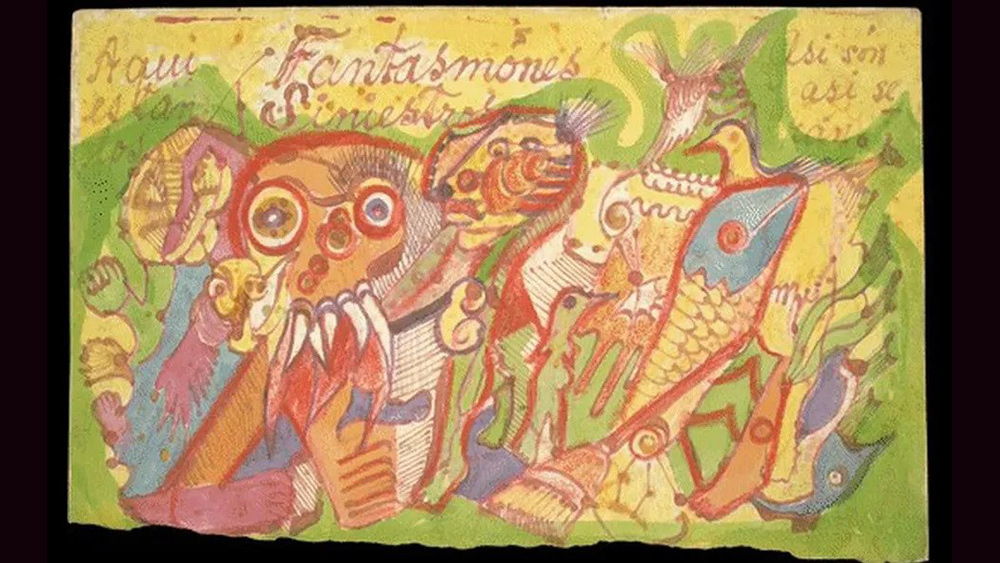
NFTs have been controversial for several reasons, and cases of people burning paintings to try to increase their worth as NFTs isn't helping. There have been several headline-grabbing examples, including that of Martin Mobarak.
The businessman burned a drawing by the famous Mexican painter Frida Kahlo believing that doing so would drive up the price of his NFTs of the piece. To date, not only has he failed to make anything remotely close to the original painting's value, but he's also ended up under investigation (still wondering how NFTs work? See our guide to what are NFTs?).

Mobarak minted 10,000 NFTs of Kahlo's Fantasmones Siniestros before setting it alight in a giant cocktail glass at a pool party. “Like a Phoenix rising from its ashes, this collection of 10,000 NFT’s represents the rebirth & immortality of a timeless piece by Frida Kahlo. This piece will be transformed to live eternally in the digital realm," he said in a statement
So far, Frida NFT, which describes itself as a 'newly formed creativity economy' has sold four NFTS for a total of $11,000. The painting Mobark destroyed was estimated to be worth $10 million.
Mobarak told Vice that the artwork was genuine and that he had bought it from a private collector in 2015. He claimed his move was doing good for the world. "People may see it as I destroyed it. But I didn’t,” Mobarak said. “I am letting everybody see it. I think it does more good for the world and makes a statement rather than just sitting in someone’s private collection.”
The National Institute of Fine Arts and Literature has confirmed that an investigation it taking place into the destruction of the drawing. “The deliberate destruction of an artistic monument constitutes a crime in terms of the federal law on archaeological, artistic and historical monuments and zones,” it said in a statement seen by the New York Times.
There have been suggestions that the drawing that was burned could have been a forgery, but this could also have legal consequences. “If he did actually burn it, he is breaking one law,” specialist lawyer Leila Amineddoleh, told the New York Times. “If it was a reproduction, he might have violated copyright law. And if he copied the original with an intent to deceive, it could be fraud.”
Daily design news, reviews, how-tos and more, as picked by the editors.
Read more:

Joe is a regular freelance journalist and editor at Creative Bloq. He writes news, features and buying guides and keeps track of the best equipment and software for creatives, from video editing programs to monitors and accessories. A veteran news writer and photographer, he now works as a project manager at the London and Buenos Aires-based design, production and branding agency Hermana Creatives. There he manages a team of designers, photographers and video editors who specialise in producing visual content and design assets for the hospitality sector. He also dances Argentine tango.
